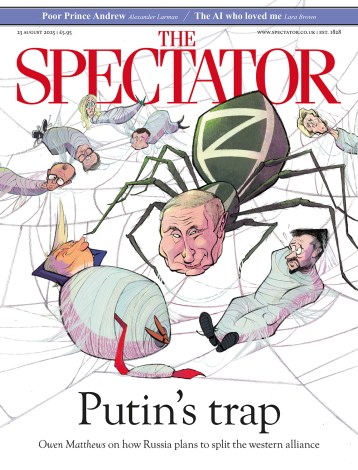The hard sell
For all the billion-dollar turnovers and glamorous, high-profile sales in New York, London, Hong Kong and Paris, the top level of fine-art auctioneering is a notoriously high-overhead, low-profit business. At times, it is even a no-profit business (Sotheby’s made a loss last year). How the Big Two auction houses have grappled to respond to this uncomfortable fact has shaped recent saleroom history. First came collusion and price-fixing, which resulted in damaging — in every sense of the word — antitrust litigation in the US, and then brave but initially unsuccessful attempts to harness the internet revolution, with sothebys.com. Most recently, the duopoly’s response to the profit problem has been to










